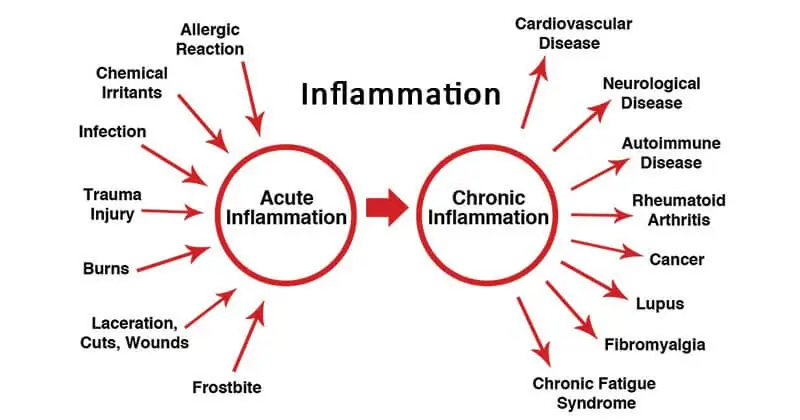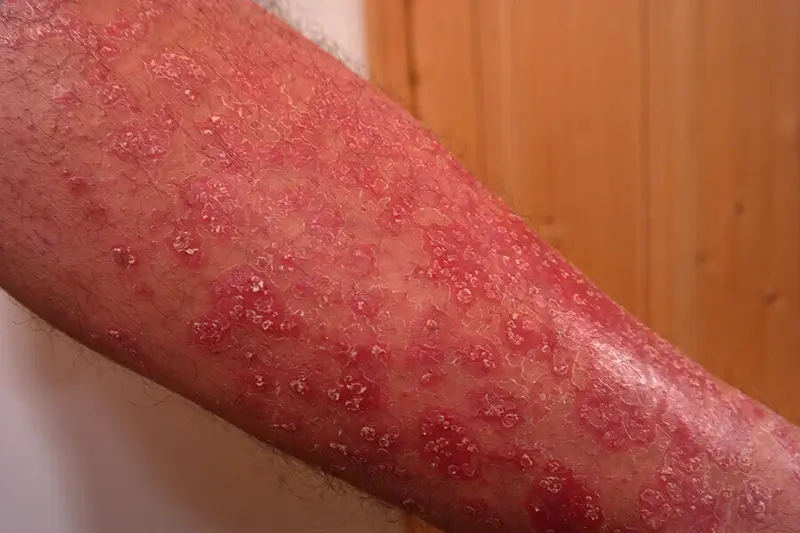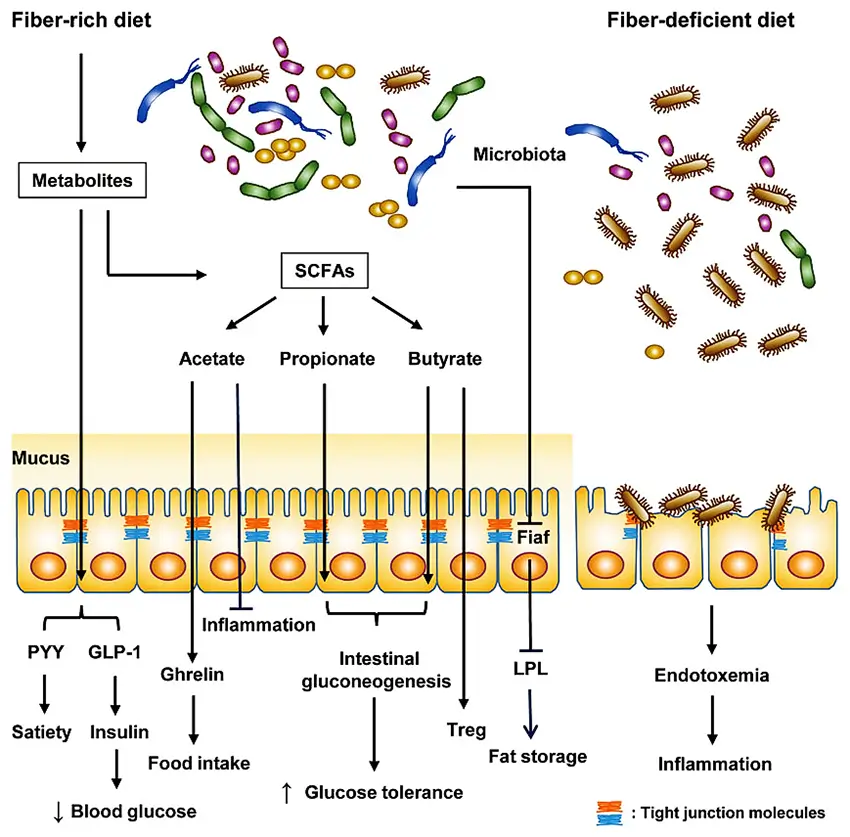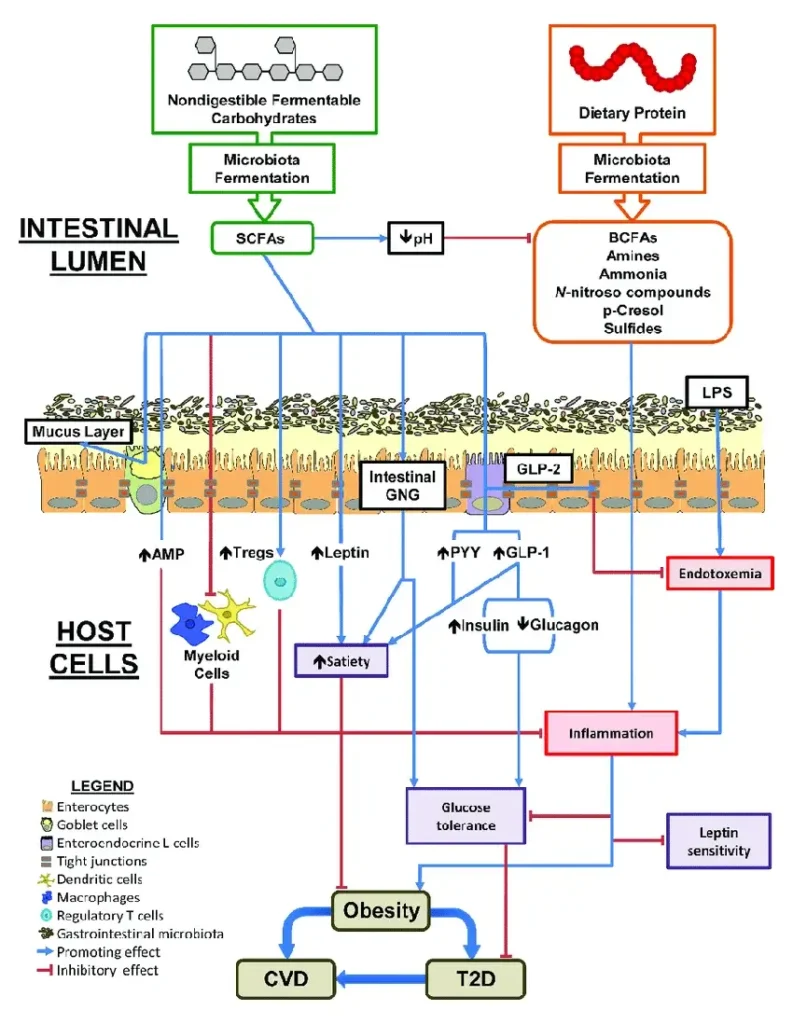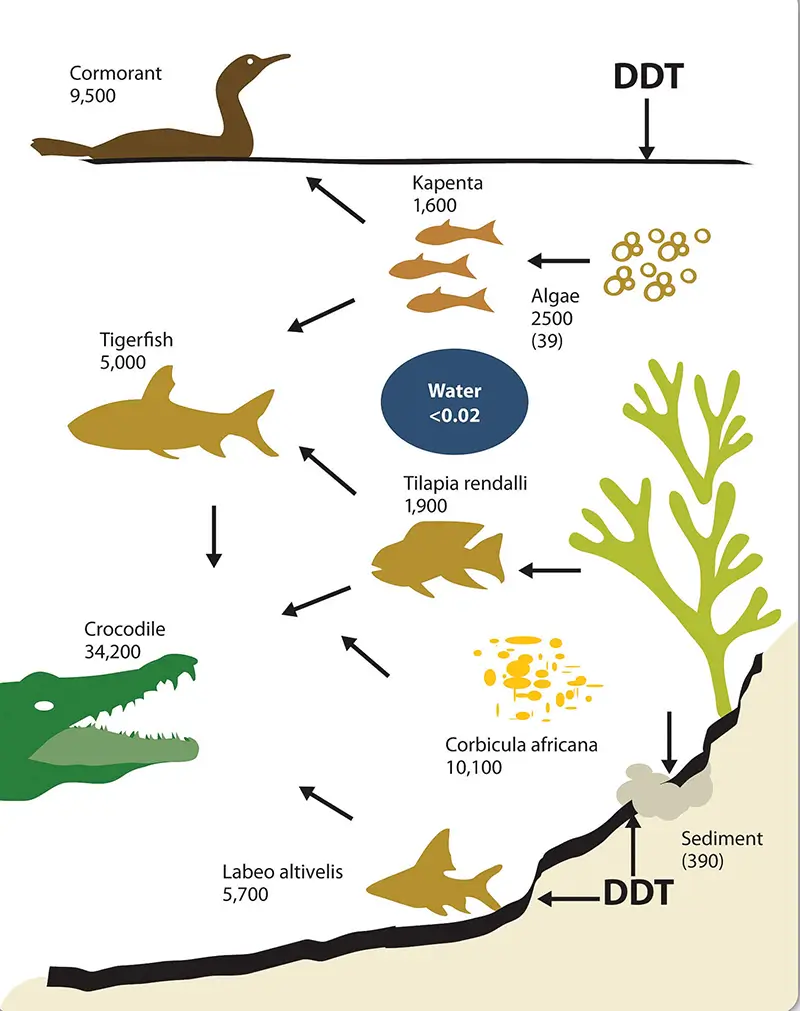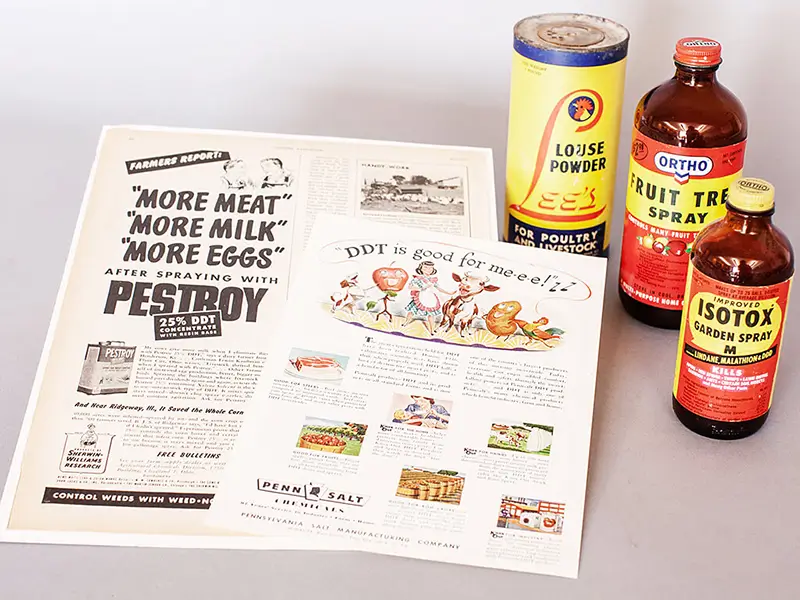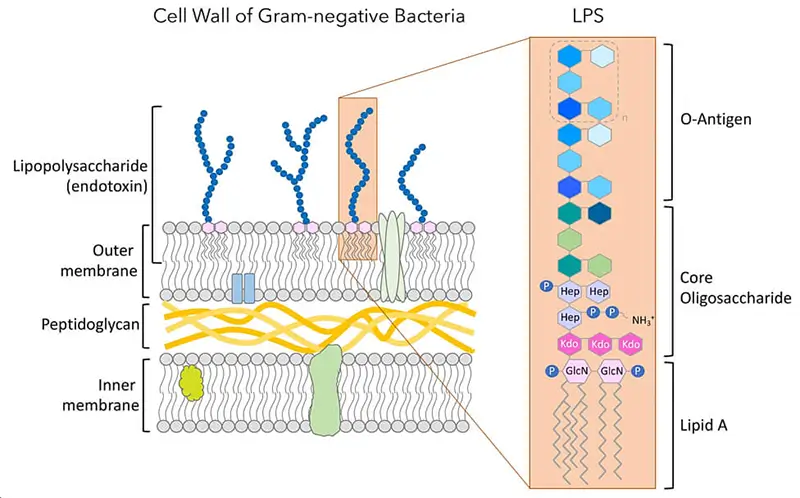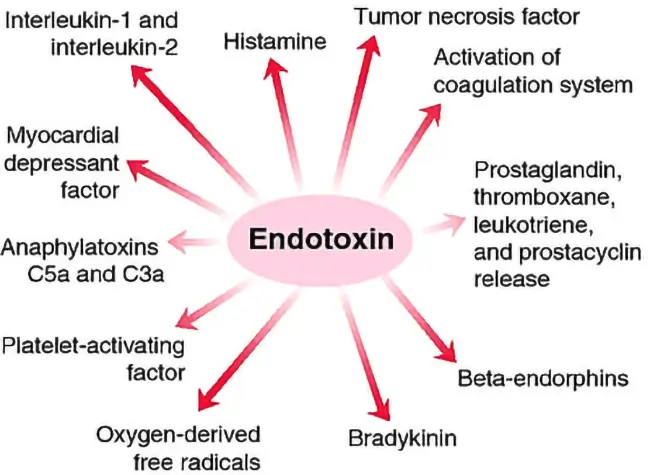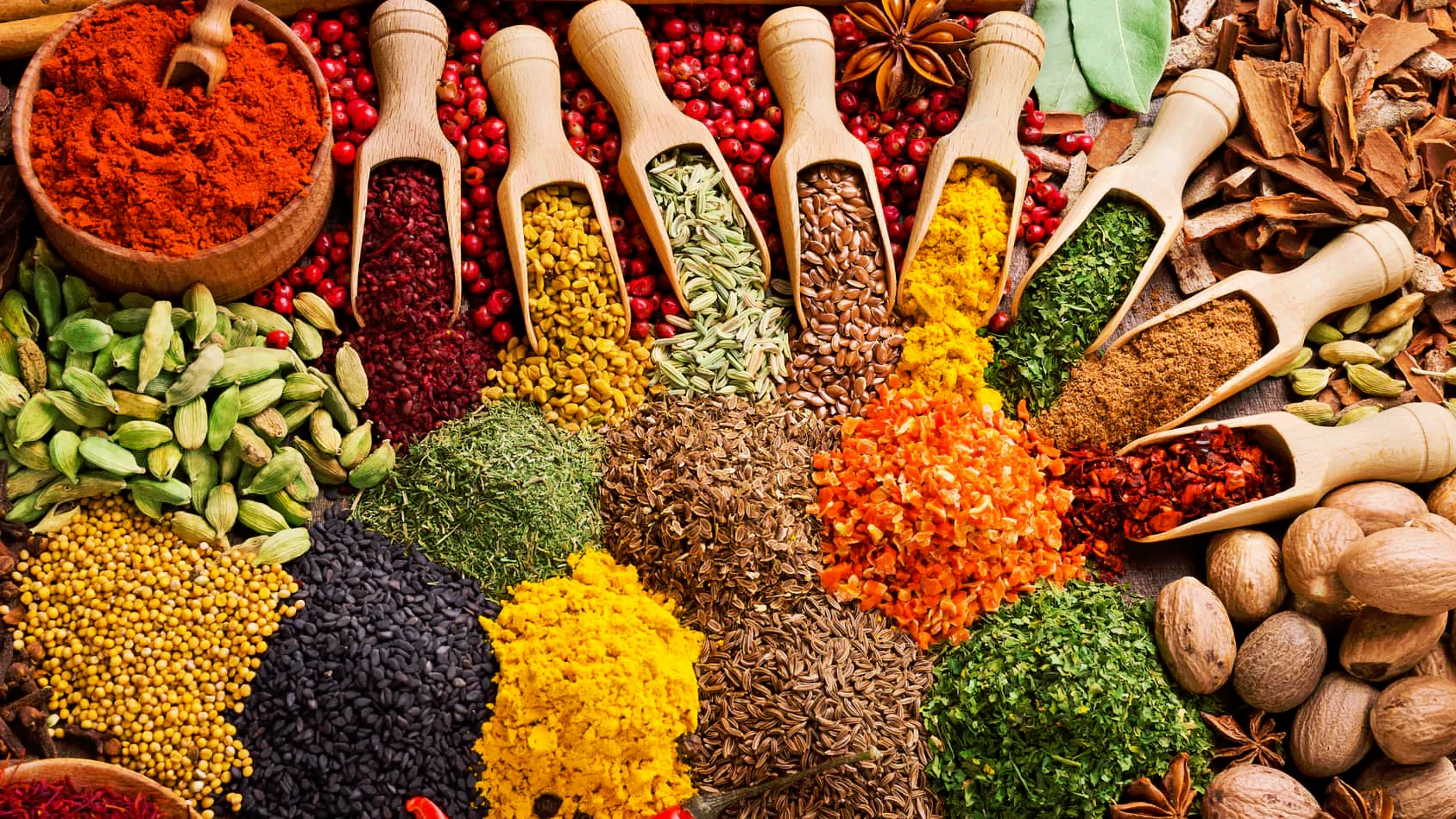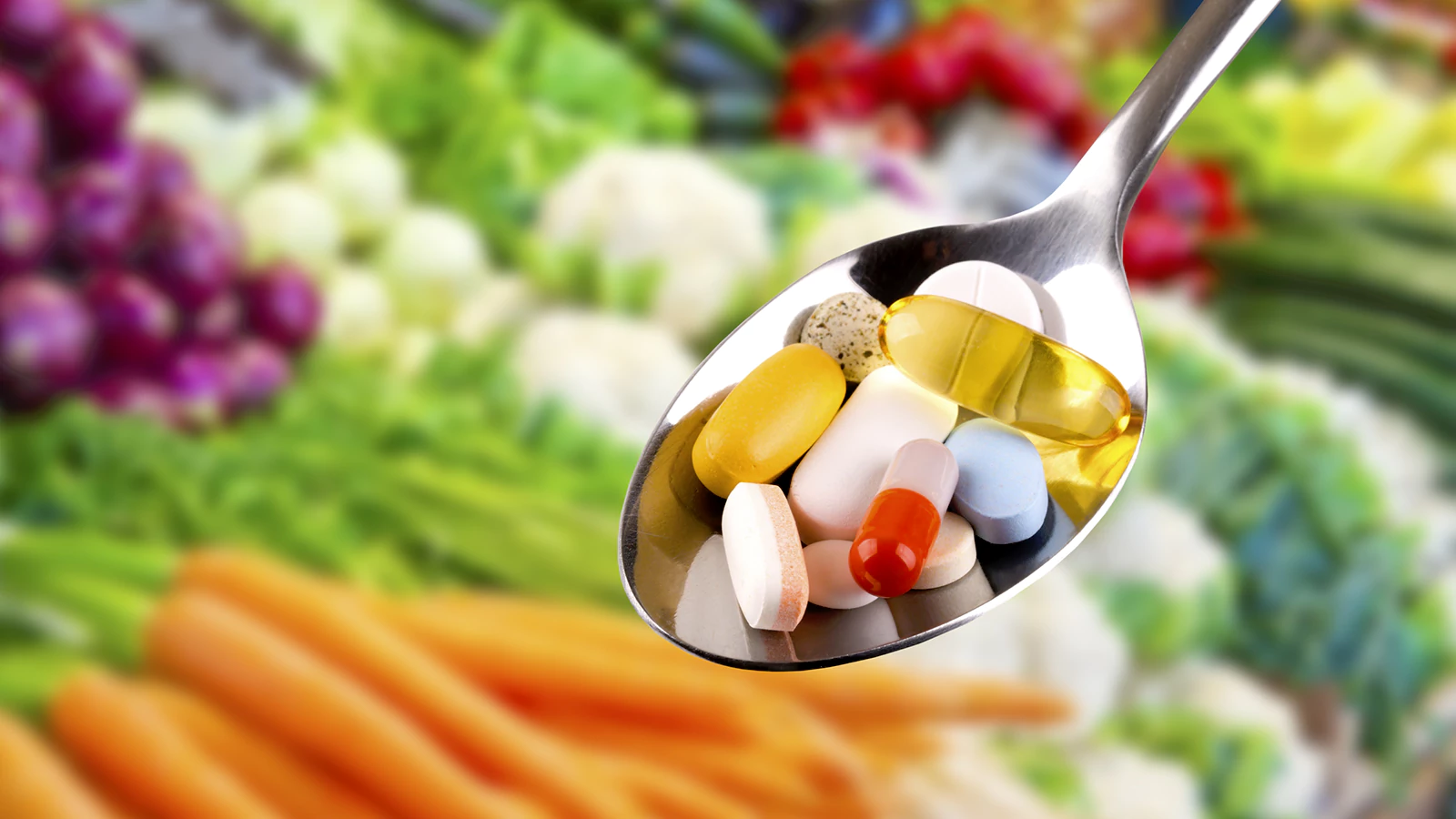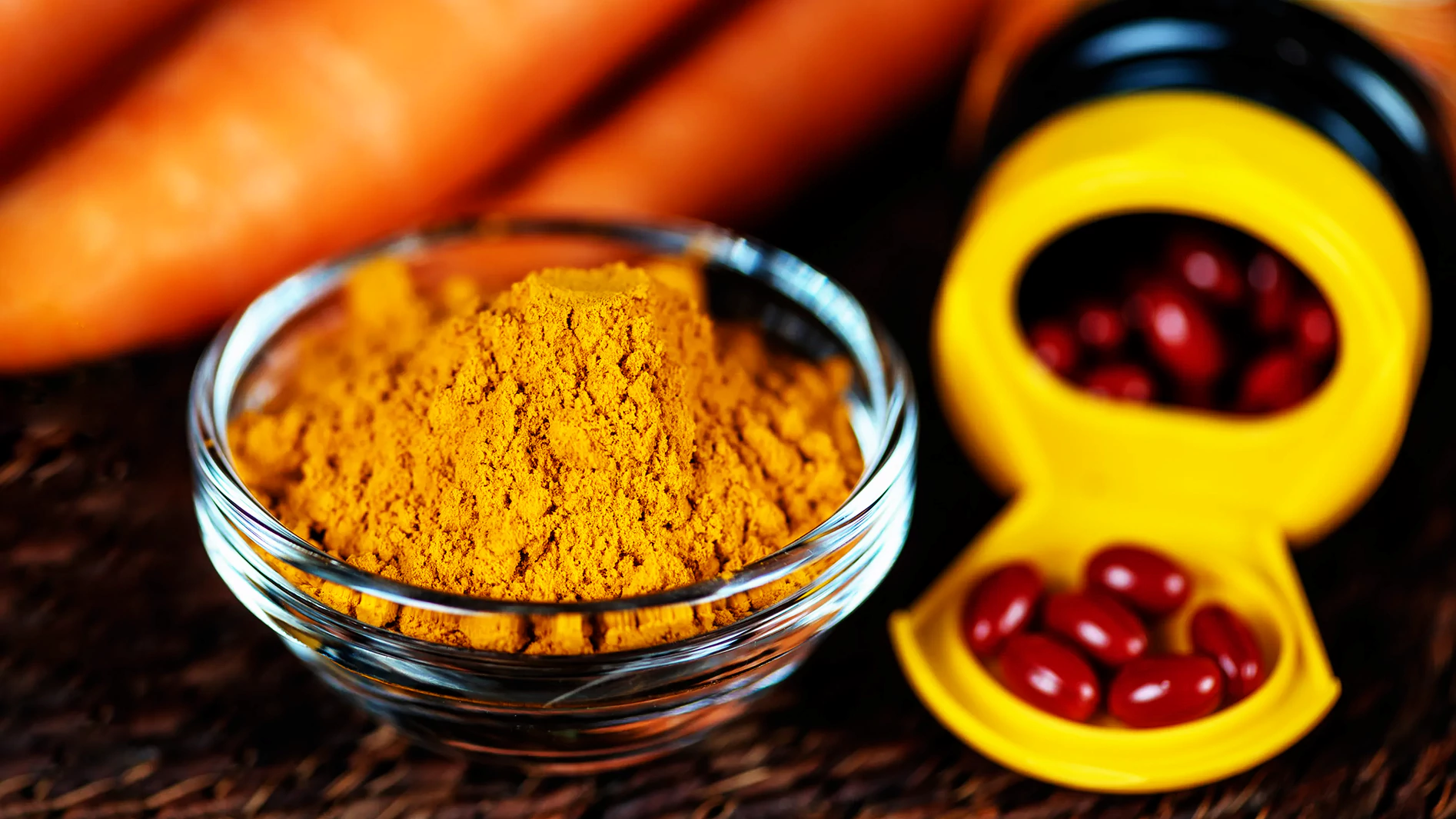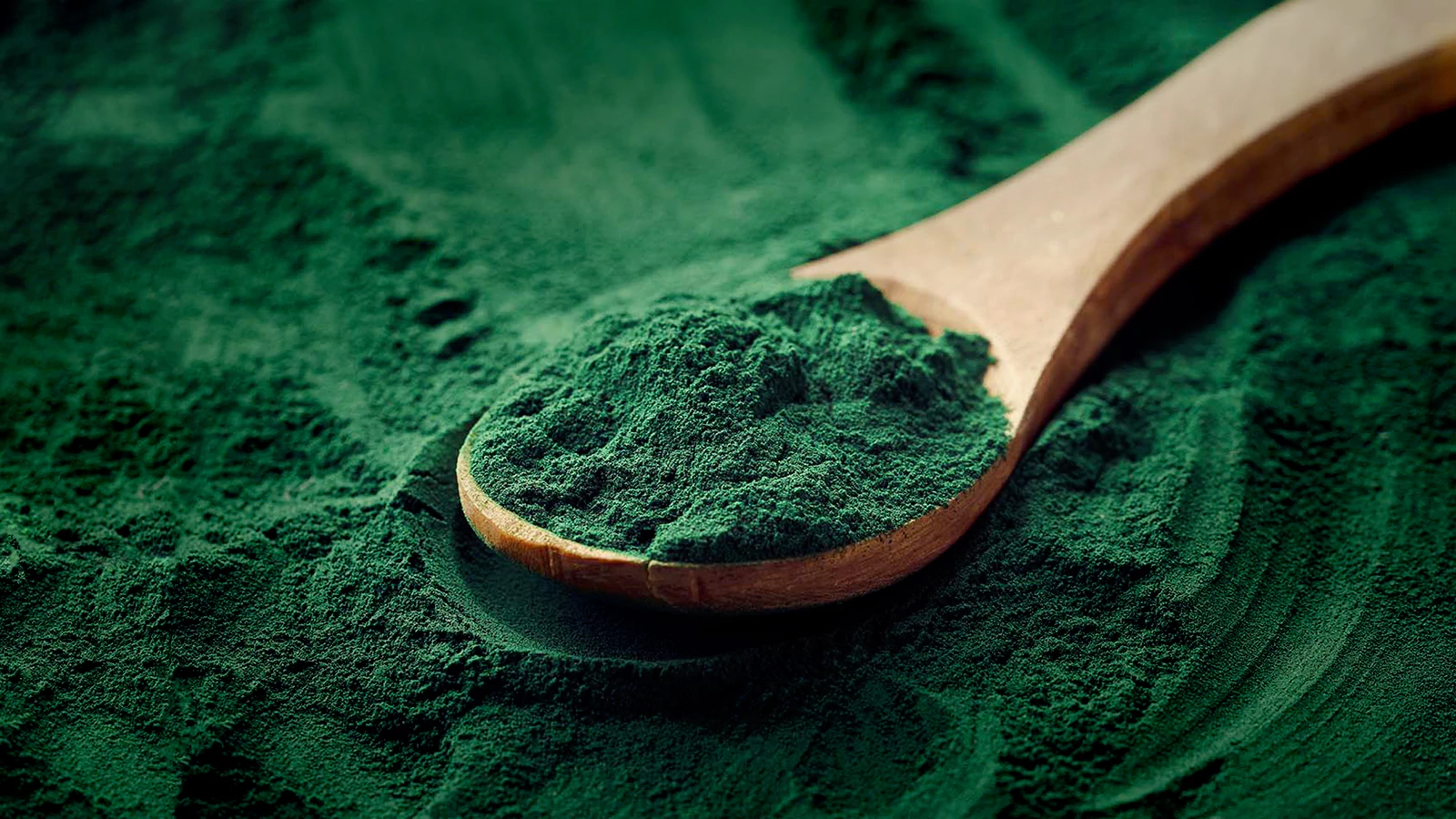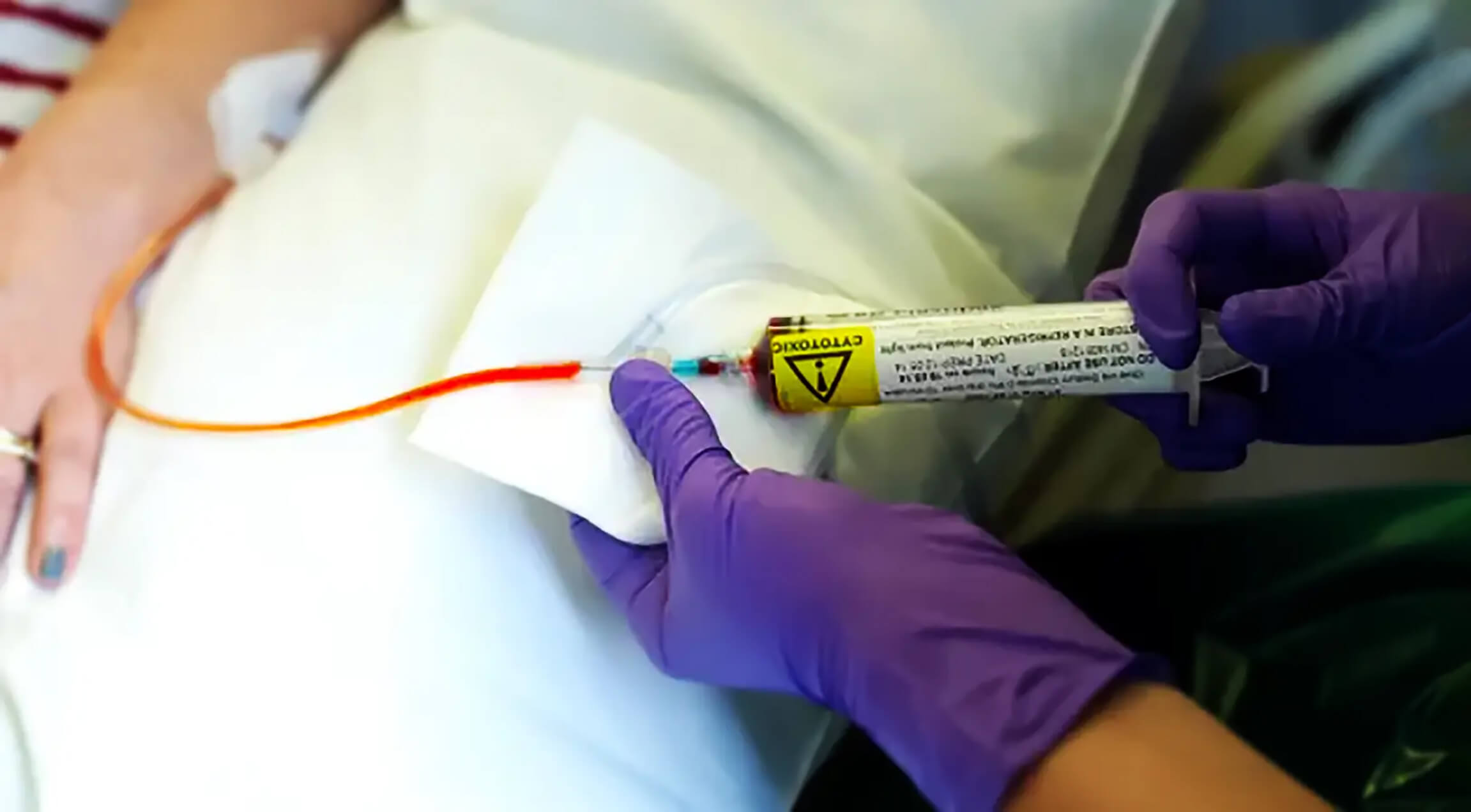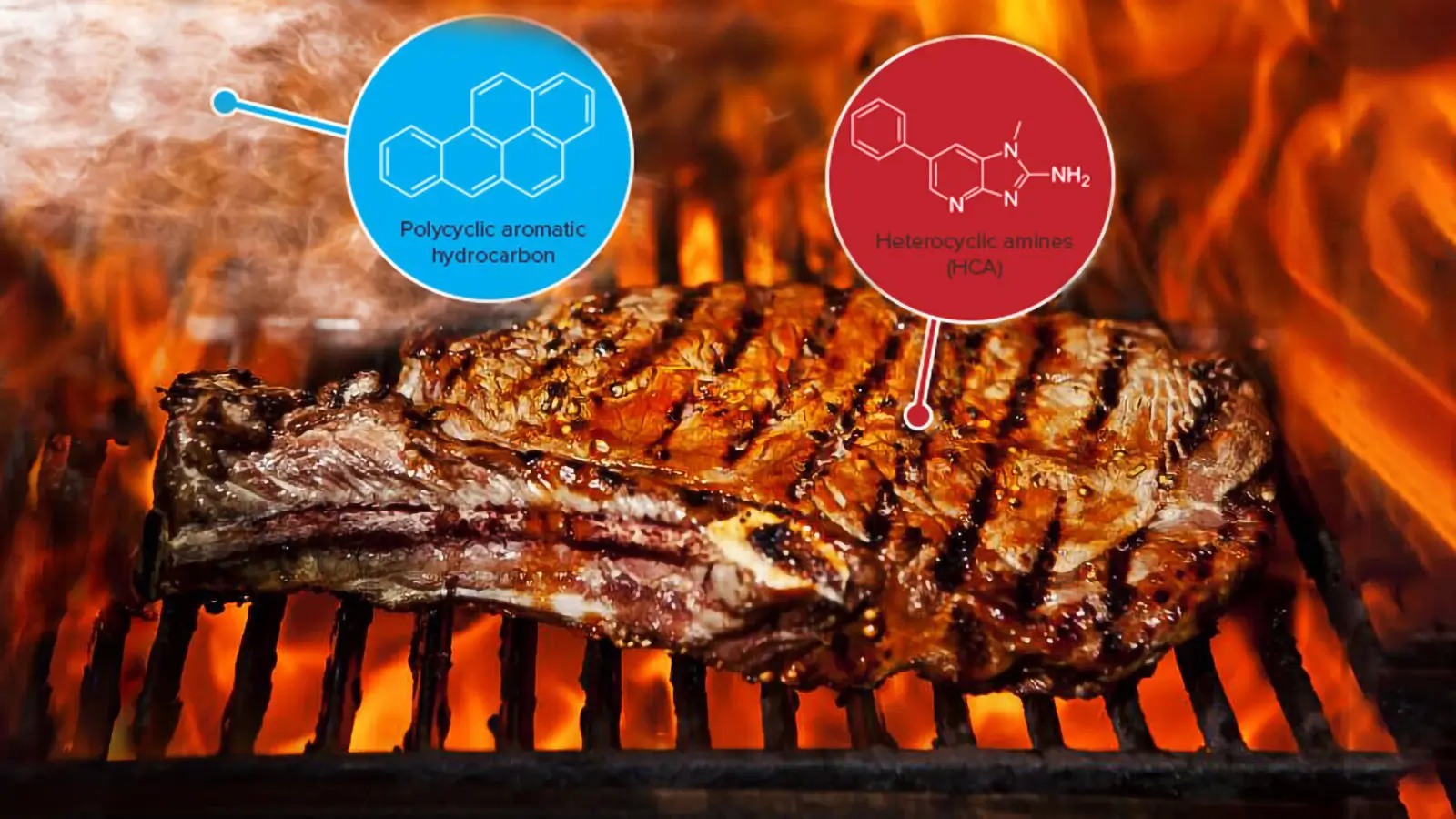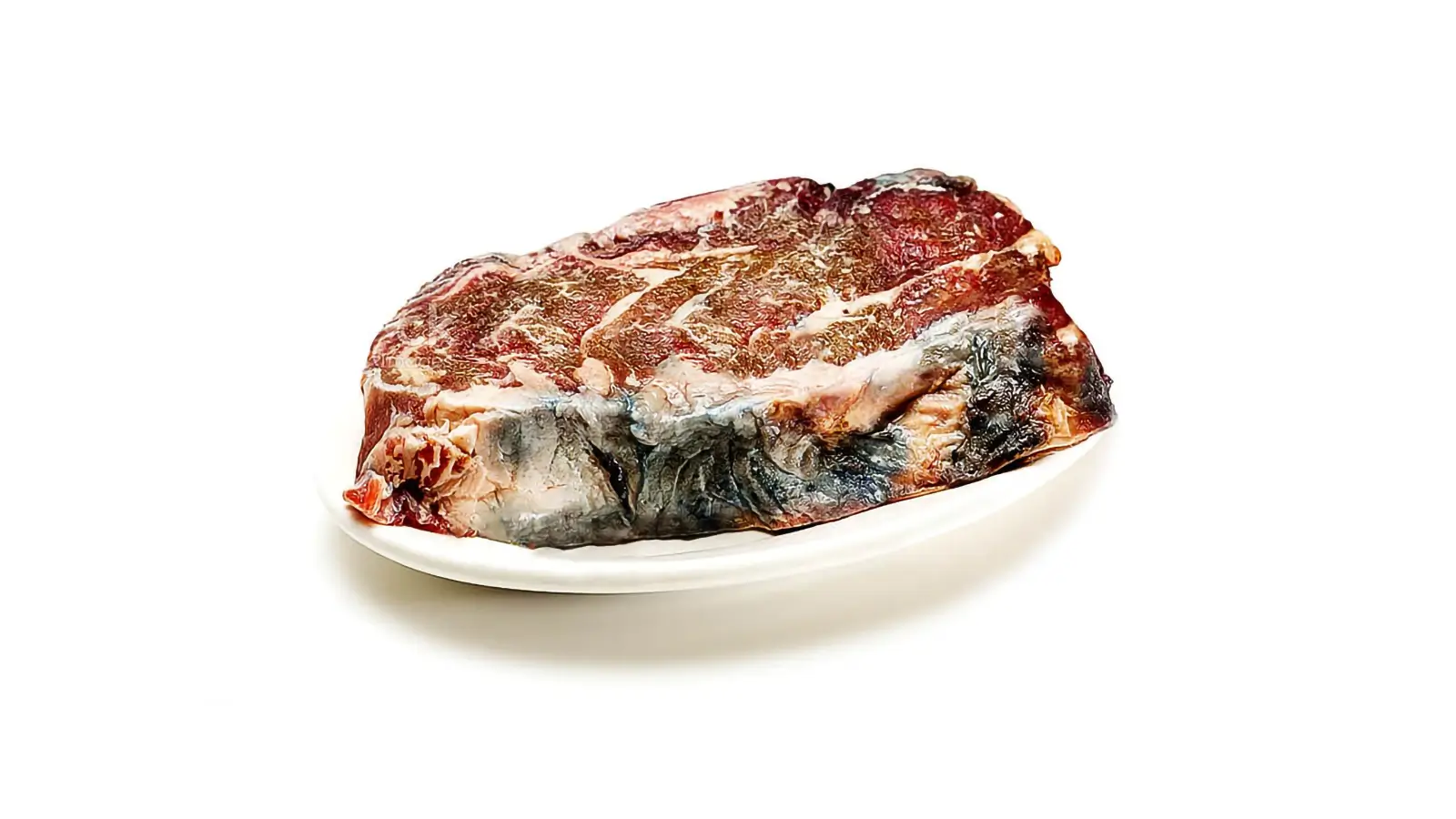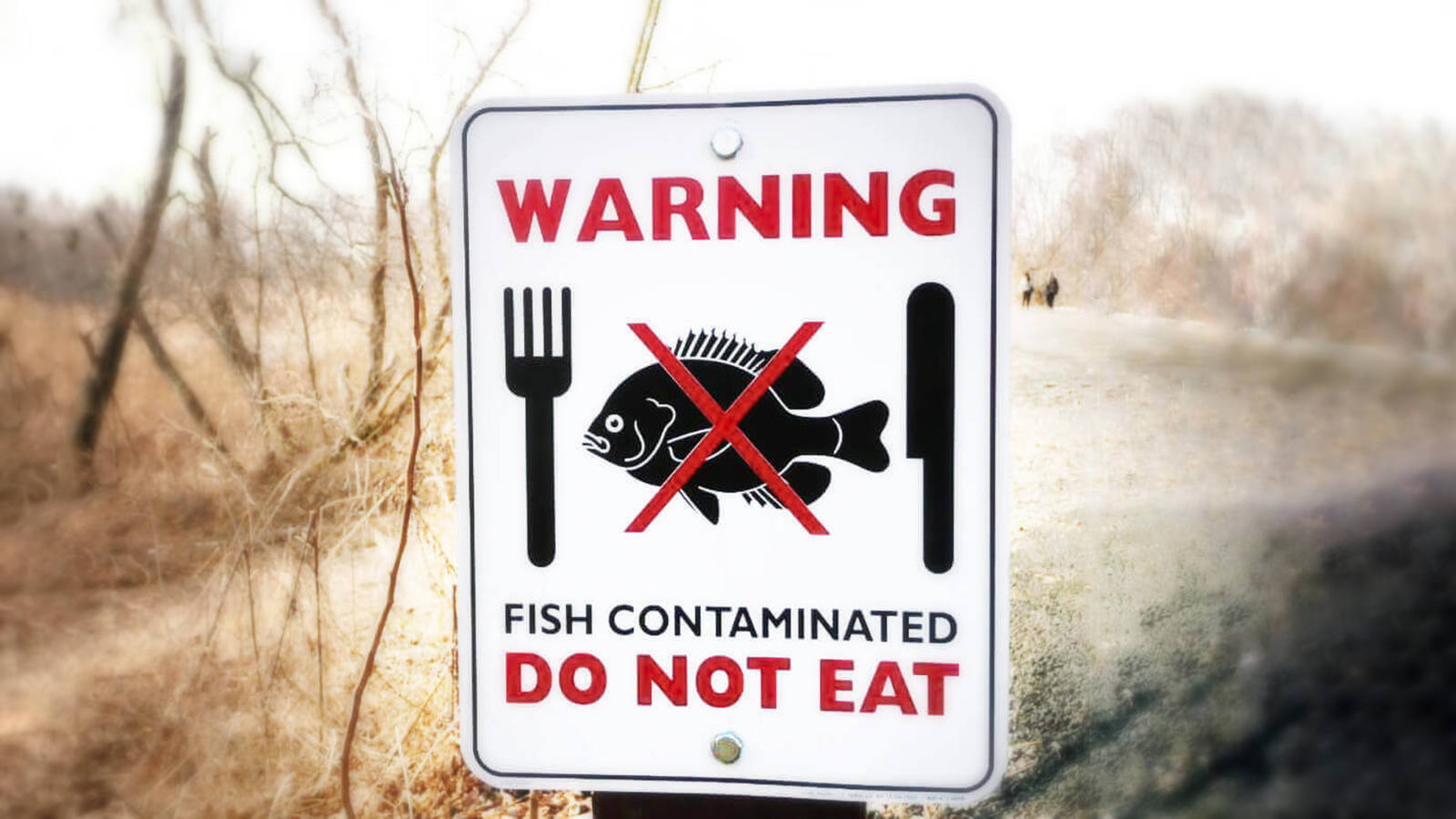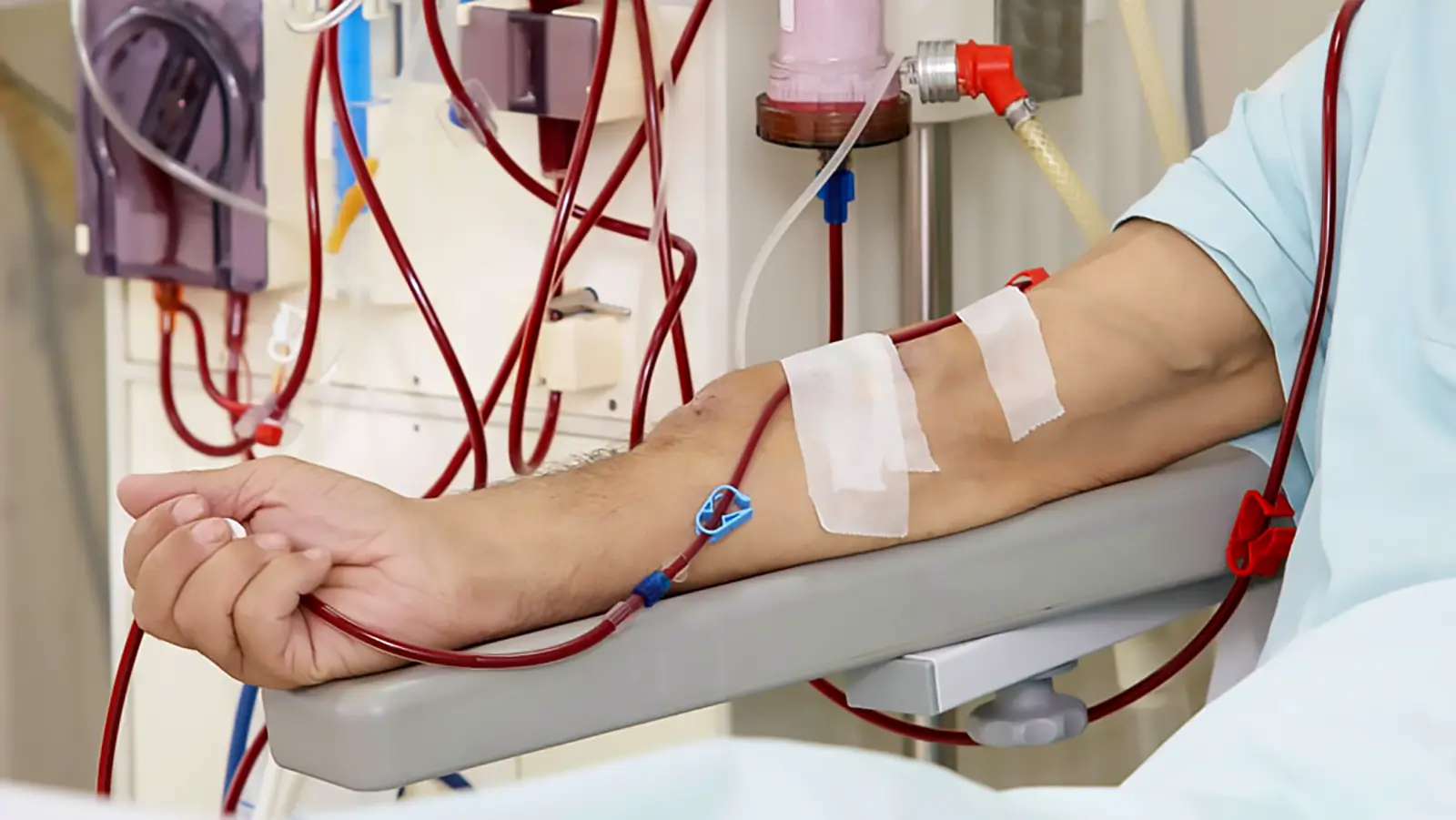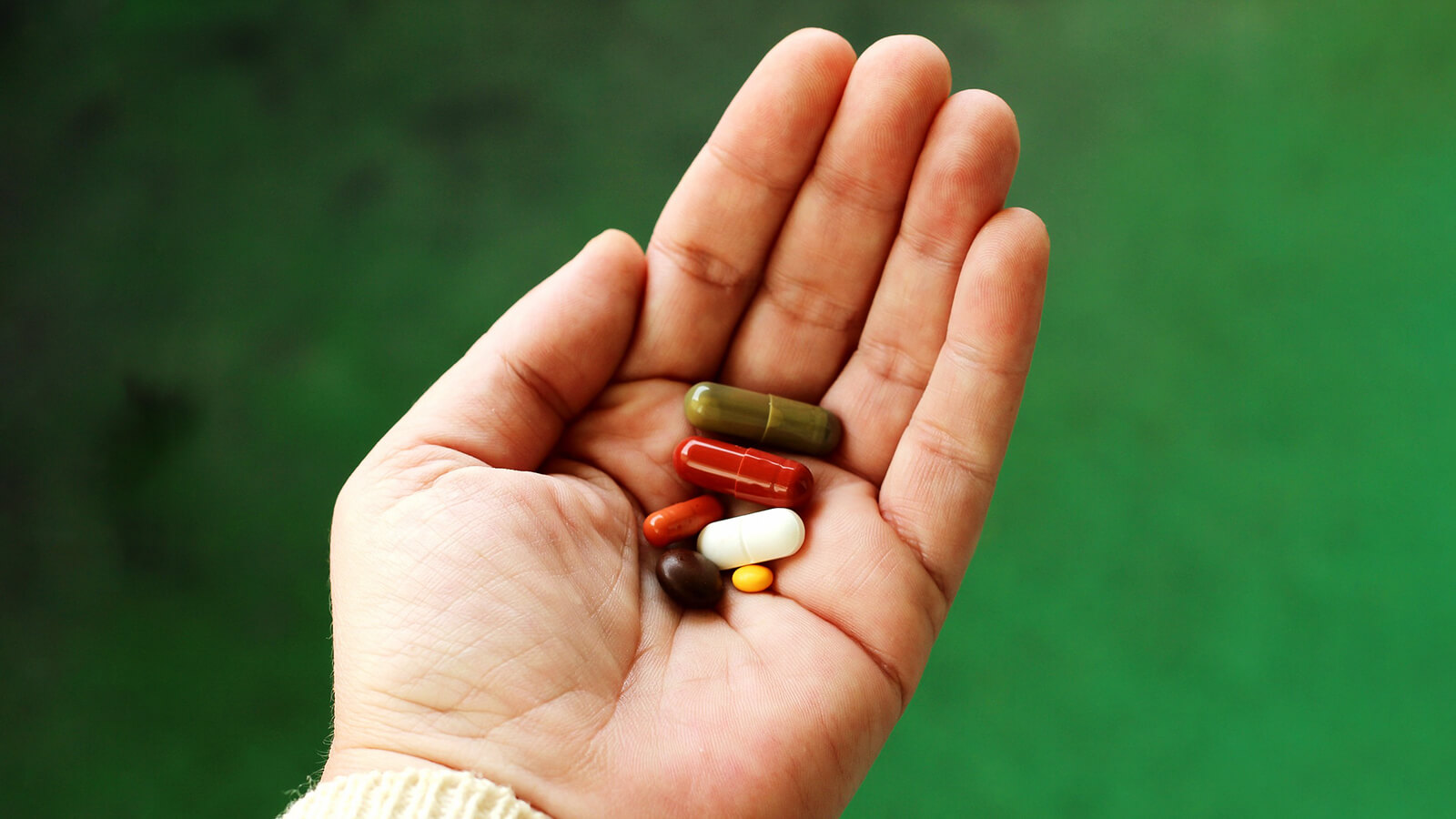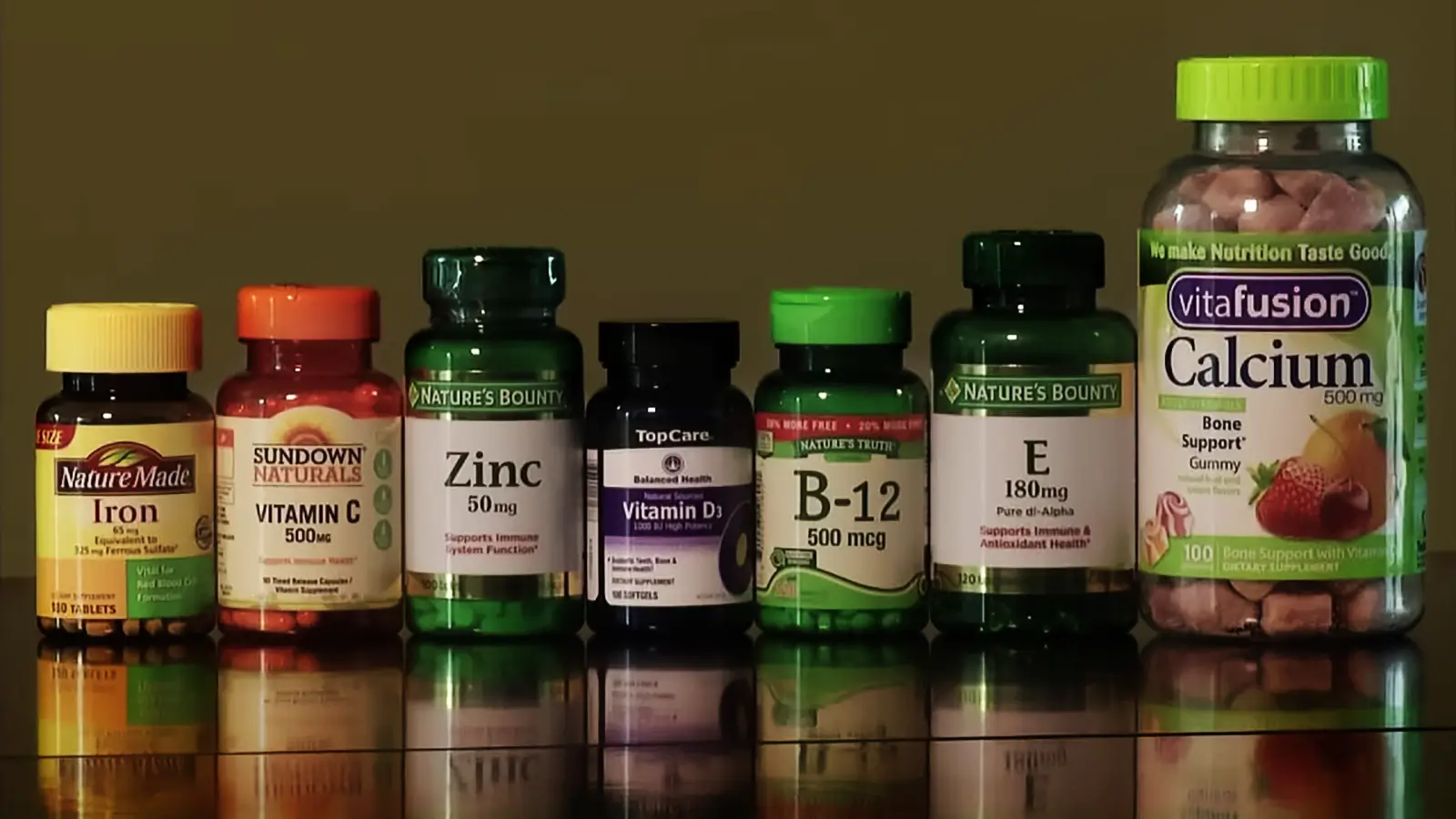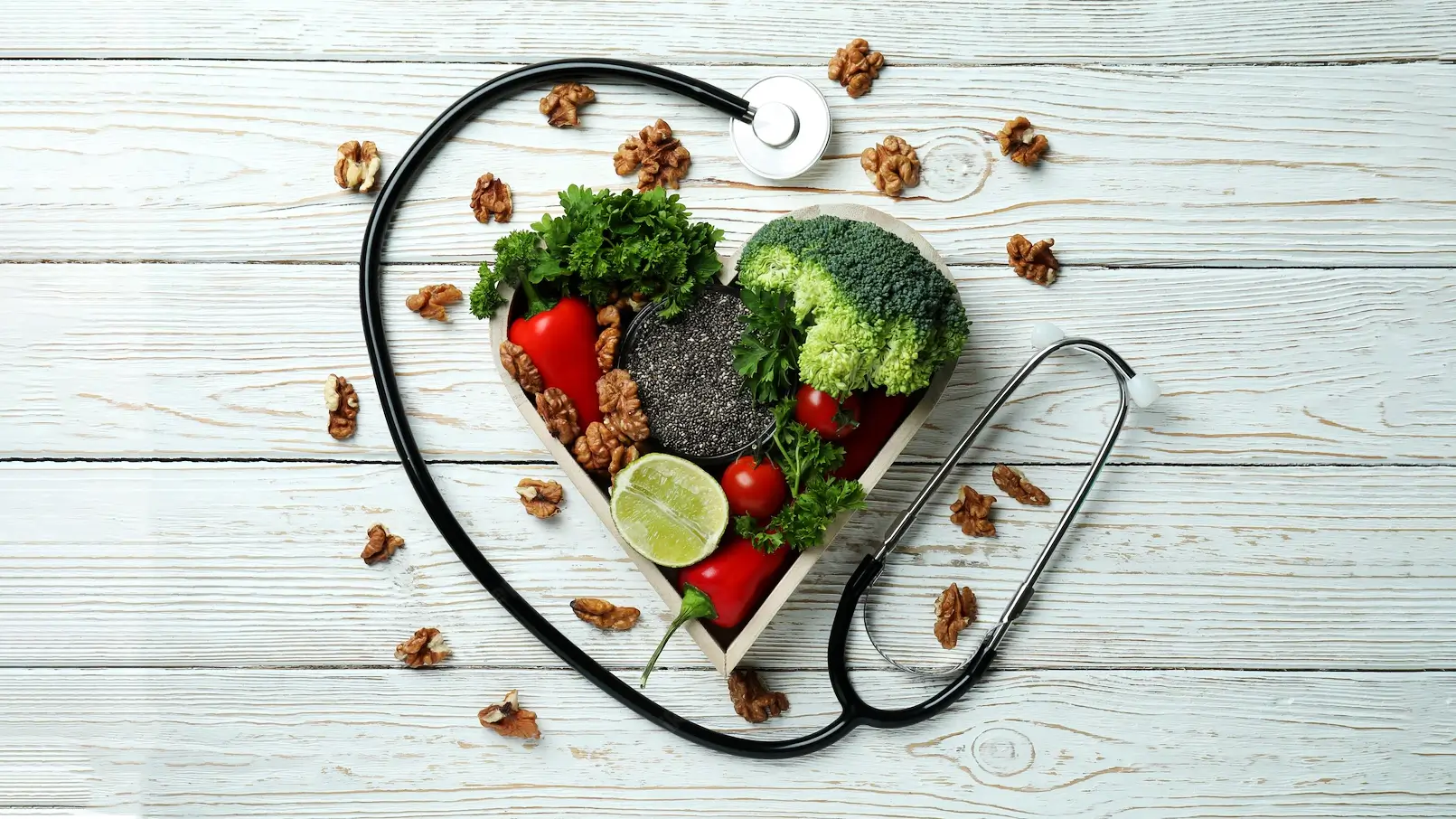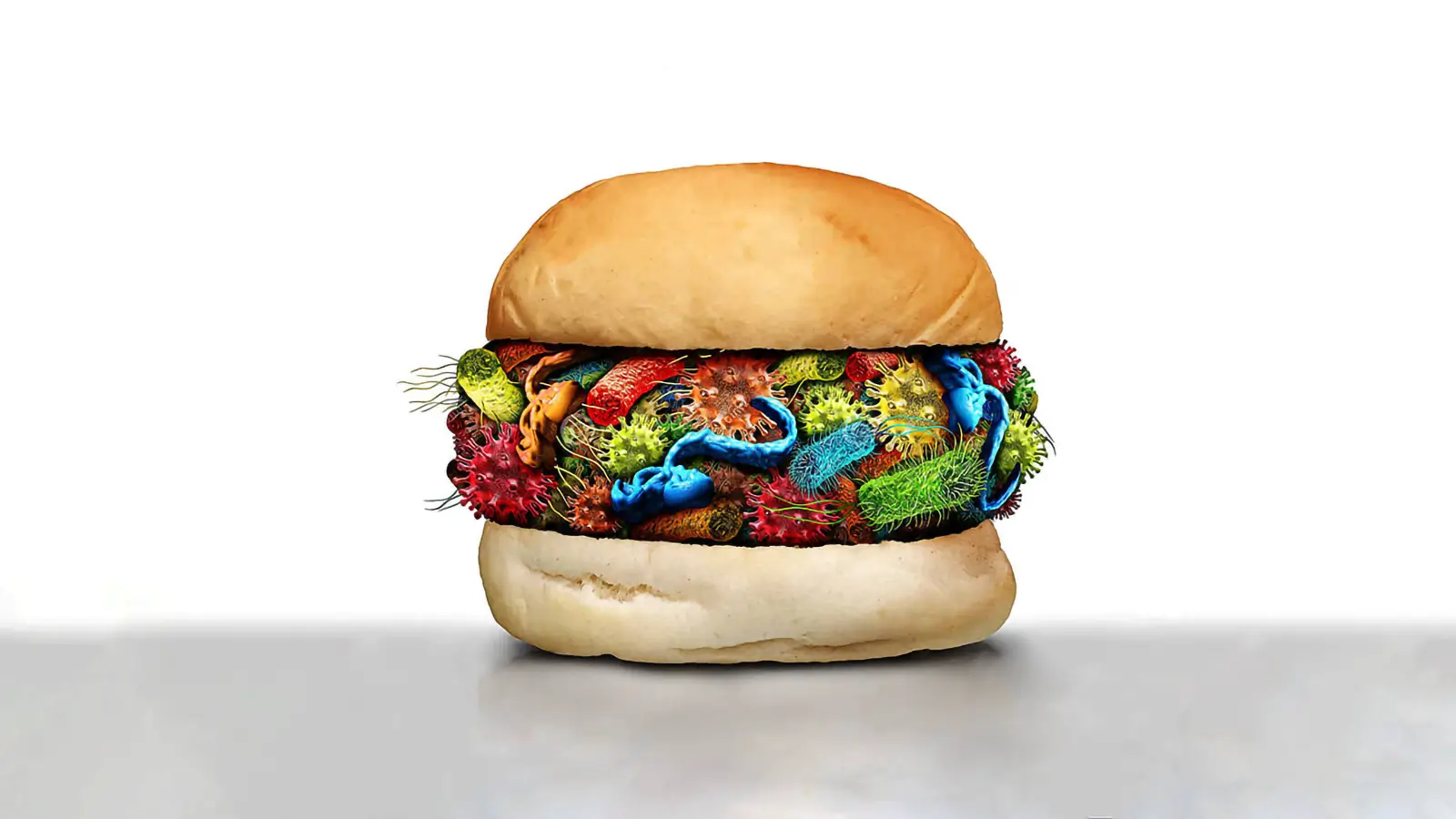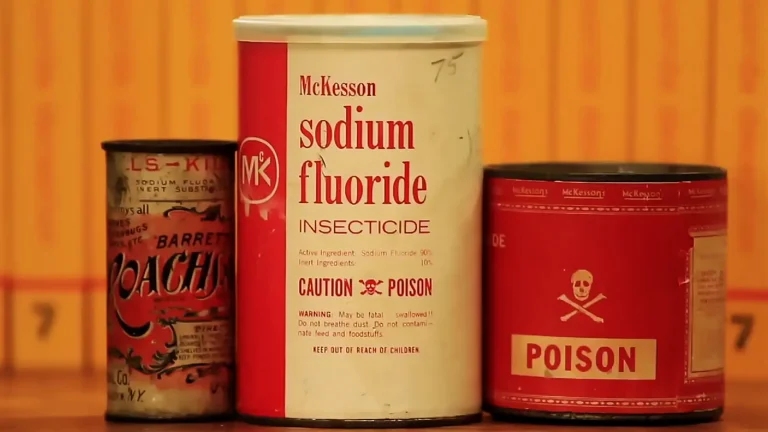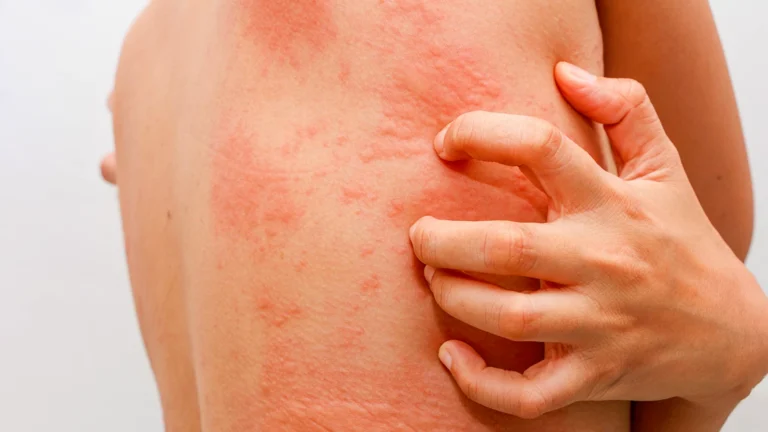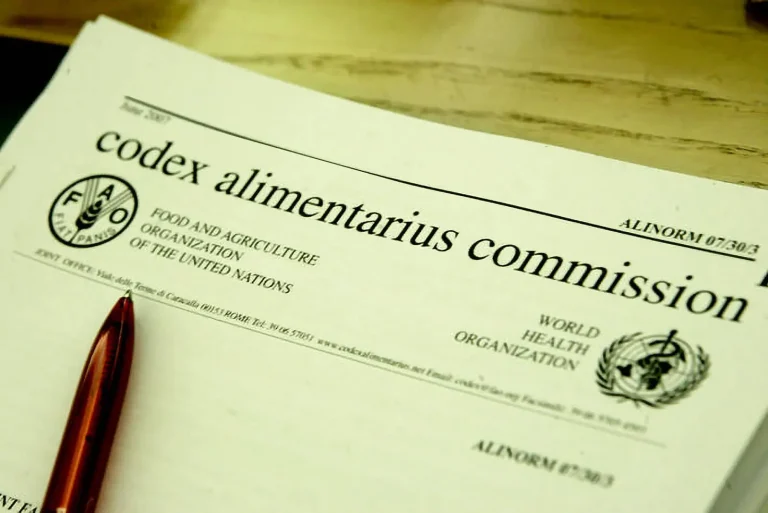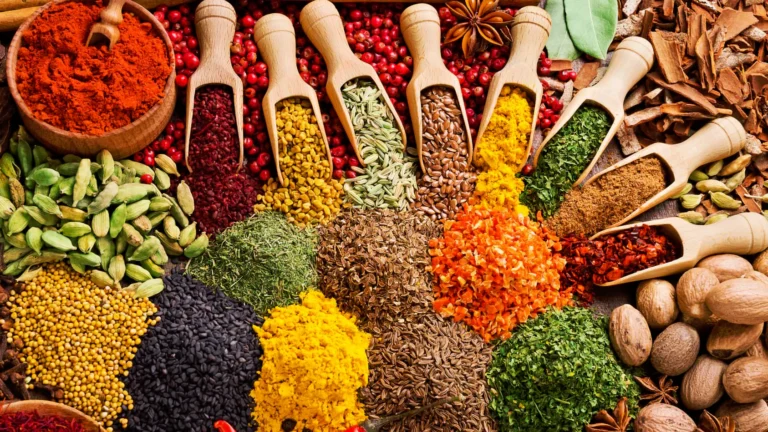Inflammation and diet- Vegan argument
We evolved to receive a burst of protective antioxidants when we eat but there are not present in meat. Inflammation and diet have a high level of correlation.
Milos Pokimica
Written By: Milos Pokimica
Medically Reviewed by: Dr. Xiùying Wáng, M.D.
Updated June 9, 2023When our DNA gets damaged no matter what is the cause (toxins, free radicals, viruses, etc.), the visible effect would be an increase in inflammation. Inflammation response is our body’s defensive mechanism. It is not the same as infection and people usually mix these two together. Pathogens will create inflammation as a defensive response from our body’s immune system but they are not the source of inflammation. Inflammation and diet are also correlated. The source of inflammation is DNA damage. Anything that damages our cells is pro-inflammatory including pathogens, free radicals, and toxic substances of a different kinds. If our immune system malfunctions and starts to attack our own cells the visible effect will be an increase in inflammation.
All of us have some level of normal inflammation all the time and suffer from DNA damage all the time. That is the reason why medical doctors talk about markers of inflammation in the body. They have a range that is considered to be normal. There is oxidative damage that is a result of natural cells’ metabolism of energy, there is a low level of pathogens that our immune system deals with on a daily basis and there are always some toxins that are present in our body. This “normal” inflammation will cause a disease that we know as the aging process.
Besides this, all of us could have acute (short time) inflammation for different reasons. For example, we can get a bacterial infection. It would cause pain and other symptoms and we would be aware of it.
But there is another type of inflammation. The type that combines both of these. And that is chronic (permanent) inflammation above the normally accepted levels that could be present without pain or visible effects over an extended period of time. It would still be there and we would have an increase in our DNA damage and as a result, at the end stage, we would have some disease as a consequence. For example, we might get cancer or just increase our rate of aging.
The higher the overall inflammation the more DNA damage, the shorter the life, the greater the chance of disease. Ideally, we would have no inflammation and would have no DNA damage, and would live forever but that is not possible because of normal cellular metabolism.
Almost all chronic diseases are associated with chronic inflammation from cancer, to autoimmune diseases, diabetes, and cardiovascular disease, and basically most of the diseases ever tested.
That is because, and people don’t understand this, inflammation is not a disease by itself. It is just a defensive reaction of the body. It is a biomarker that tells us how much destruction of our DNA we have inside us. It is an immune system response that could be lowered artificially with anti-inflammatory medications. Lowering inflammation artificially if we don’t deal with autoimmune diseases and malfunctioning of the immune system will just make things worse. It would be the same thing as lowering body temperature when we have the flu. Would that make a flu virus go away or would just weaken our immune system’s defensive mechanism?
When we deal with chronic inflammation we have to eliminate the root causes of that DNA damage not just inflammation.
The way diet can cause an increase in inflammation is from two main reasons.
- It is by itself pro-inflammatory, meaning it has toxins, chemicals, dead bacteria, and mutagens.
- If it does not cause a spike of inflammation by itself, it does not prevent the inflammation either.
Animal products will cause both effects.
A big chunk, around 70 percent of our immune system is in our gut and most of our lymph nodes. There are thousands of different types of bacteria in our intestines but there are two major basic types of them. Two major groups are different from one another. Probiotic ones metabolize fiber and live in symbiosis with our body and the ones that decompose the meat. If bacteria feed on meat in sense our tissue is a lump of meat too. Unlike carnivores, we have evolved for millions of years of evolution to eat whole fiber-rich plant foods. When we eat fiber we feed probiotic bacteria and they multiply.
They are not so aggressive to our organism. The immune system will have an easier job of fighting them, they will not secrete dangerous endotoxins into the bloodstream and there will be less damage overall and inflammation will decrease (Awika et al., 2018), (Telle-Hansen et al., 2018). The result of fiber consumption is an increase in health and lowering of inflammation while animal products will feed bacteria that putrefies the meat and will increase inflammation. Eating meat and animal protein will create a higher level of inflammation in the gut just by that mechanism.
Then there are some toxins and pollutants that are present in the meat due to bioaccumulation in the food chain. All toxins that are in the environment no matter if they are human-made or not that are heat resistant and chemically stable will bioaccumulate. Organisms are like filters. They filter everything that exists both good and bad. The situation would not be even so bad, but there is one more process called biomagnification. We all know about the accumulation of mercury in tuna fish (Wu et al., 2019), microplastic (Barboza et al.,2018), or pesticides (Zennegg, 2018). There are hundreds of thousands so far known different persistent environmental pollutants that will accumulate in the tissues. Then If we understand the food chain, the accumulation of toxins gets hundreds of times worse as we move up (Gasull et al.,2011). So what happens is that when small fish get eaten by big fish, all of their toxins get passed into the bigger fish. Eating plant food is essentially the only way to lower our toxic load on top of lifestyle interventions like quitting smoking and avoidance of alcohol and other toxic substances. More than 70% of all pesticides we get from a diet, and people do not understand this, are ingested through meat consumption. Animal feed is also sprayed and pesticides accumulate in animal tissues and are heat resistant. Washing apples to avoid eating them is just not effective if our diet is dominated by animal products. These persisting toxins are fat-soluble and cannot be metabolized or broken down.
Eating a vegan diet, or in other words, a diet low on a food chain is therefore protective because when we go low on a food chain we will lower our toxic load and lower our DNA damage, and would have lower inflammation.
One more reason why animal products and not plant foods are much more inflammatory is dead bacteria. There is a high level of putrefying bacteria in meat and what people don’t understand is that even if we kill them by cooking there are still toxic. The bacteria will be destroyed but not completely and chunks of them will remain and we will not be able to cook them down any further. Some of the world’s most dangerous poisons are these endotoxins of dead meat bacteria. They are fat-soluble and will be absorbed into our bodies after meat consumption creating inflammation (López-Moreno et al., 2017).
On top of this, the process of cooking the meat and animal protein will create mutagens just by itself by breaking the molecular structure of amino acids and will raise inflammation.
Besides being pro-inflammatory by themselves the second biggest reason animal products are inflammatory is that they don’t have anti-inflammatory antioxidants and other phytochemicals in them. Our body has evolved to expect a burst of antioxidants every time we eat. Naturally, food is a package deal and in whole food, there are not just calories but fiber, micronutrients such as vitamins and minerals, and a lot of antioxidants. Our body has evolved to receive a burst of protective antioxidants anytime we eat but there are not present in animal foods. The end result is a postprandial (post-fed) increase in inflammation (Meessen et al., 2019).
A vegan diet unlike a standard American meat-dominated diet will usually just be neutral and would not directly inflict damage. For example, refined sugar, starch, refined flour, and refined oil are all vegan, and will not cause severe inflammation spikes directly. They would not feed dangerous bacteria in the gut. They would not directly be pro-inflammatory at the same level that meat is but at the same time they would not prevent inflammation either. There would be a postprandial rise of oxidative damage due to regular cell metabolism and the creation of free radical damage in the body. The way our body has evolved to fight off toxins and free radical DNA damage is to use antioxidants and other nutrients found in food. My recommendation is to have at least 25,000 units of antioxidants in the ORAC scale a day for vegans, and for non-vegans, you will need much more than that just to fight the postprandial rise of oxidative damage from all of the animal products you are eating. Then there are toxins in the environment and mutagens plus most of us have some bad habits like smoking and drinking. This article is written just as a form of introduction to the subject for people to have a basic understanding of these issues.
A vegan diet just for itself as a form of a diet is pure junk. Oil and sugar are both vegan products. A whole food plant-based diet with optimized levels of micronutrients is the only diet that can help us to lower chronic inflammation, and prevent a wide range of diseases.
The very important risk factor in cancer, our number two killer, is chronic inflammation and impaired immune system. Most of the population today has high levels of chronic inflammation. Then there is on a wide population scale the lack of some essential micronutrients (essential and some important non-essential micronutrients, not calories) and antioxidants.
On one hand, we have inflammatory compounds, toxins, and mutagens but on another hand lack micronutrients and antioxidants. Also, then there is a chronic elevation of cancer-promoting hormones like IGF-1 and estrogen.
References:
- Awika, J. M., Rose, D. J., & Simsek, S. (2018). Complementary effects of cereal and pulse polyphenols and dietary fiber on chronic inflammation and gut health. Food & function, 9(3), 1389–1409. https://doi.org/10.1039/c7fo02011b
- Telle-Hansen, V. H., Holven, K. B., & Ulven, S. M. (2018). Impact of a Healthy Dietary Pattern on Gut Microbiota and Systemic Inflammation in Humans. Nutrients, 10(11), 1783. https://doi.org/10.3390/nu10111783
- Wu, P., Kainz, M. J., Bravo, A. G., Åkerblom, S., Sonesten, L., & Bishop, K. (2019). The importance of bioconcentration into the pelagic food web base for methylmercury biomagnification: A meta-analysis. The Science of the total environment, 646, 357–367. https://doi.org/10.1016/j.scitotenv.2018.07.328
- Barboza, L. G. A., Dick Vethaak, A., Lavorante, B. R. B. O., Lundebye, A. K., & Guilhermino, L. (2018). Marine microplastic debris: An emerging issue for food security, food safety and human health. Marine pollution bulletin, 133, 336–348. https://doi.org/10.1016/j.marpolbul.2018.05.047
- Zennegg M. (2018). Dioxins and PCBs in Meat – Still a Matter of Concern?. Chimia, 72(10), 690–696. https://doi.org/10.2533/chimia.2018.690
- Gasull, M., Bosch de Basea, M., Puigdomènech, E., Pumarega, J., & Porta, M. (2011). Empirical analyses of the influence of diet on human concentrations of persistent organic pollutants: a systematic review of all studies conducted in Spain. Environment international, 37(7), 1226–1235. https://doi.org/10.1016/j.envint.2011.05.008
- López-Moreno, J., García-Carpintero, S., Jimenez-Lucena, R., Haro, C., Rangel-Zúñiga, O. A., Blanco-Rojo, R., Yubero-Serrano, E. M., Tinahones, F. J., Delgado-Lista, J., Pérez-Martínez, P., Roche, H. M., López-Miranda, J., & Camargo, A. (2017). Effect of Dietary Lipids on Endotoxemia Influences Postprandial Inflammatory Response. Journal of agricultural and food chemistry, 65(35), 7756–7763. https://doi.org/10.1021/acs.jafc.7b01909
- Meessen, E. C. E., Warmbrunn, M. V., Nieuwdorp, M., & Soeters, M. R. (2019). Human Postprandial Nutrient Metabolism and Low-Grade Inflammation: A Narrative Review. Nutrients, 11(12), 3000. https://doi.org/10.3390/nu11123000
Related Posts
Do you have any questions about nutrition and health?
I would love to hear from you and answer them in my next post. I appreciate your input and opinion and I look forward to hearing from you soon. I also invite you to follow us on Facebook, Instagram, and Pinterest for more diet, nutrition, and health content. You can leave a comment there and connect with other health enthusiasts, share your tips and experiences, and get support and encouragement from our team and community.
I hope that this post was informative and enjoyable for you and that you are prepared to apply the insights you learned. If you found this post helpful, please share it with your friends and family who might also benefit from it. You never know who might need some guidance and support on their health journey.
– You Might Also Like –

Learn About Nutrition
Milos Pokimica is a doctor of natural medicine, clinical nutritionist, medical health and nutrition writer, and nutritional science advisor. Author of the book series Go Vegan? Review of Science, he also operates the natural health website GoVeganWay.com
Medical Disclaimer
GoVeganWay.com brings you reviews of the latest nutrition and health-related research. The information provided represents the personal opinion of the author and is not intended nor implied to be a substitute for professional medical advice, diagnosis, or treatment. The information provided is for informational purposes only and is not intended to serve as a substitute for the consultation, diagnosis, and/or medical treatment of a qualified physician or healthcare provider.NEVER DISREGARD PROFESSIONAL MEDICAL ADVICE OR DELAY SEEKING MEDICAL TREATMENT BECAUSE OF SOMETHING YOU HAVE READ ON OR ACCESSED THROUGH GoVeganWay.com
NEVER APPLY ANY LIFESTYLE CHANGES OR ANY CHANGES AT ALL AS A CONSEQUENCE OF SOMETHING YOU HAVE READ IN GoVeganWay.com BEFORE CONSULTING LICENCED MEDICAL PRACTITIONER.
In the event of a medical emergency, call a doctor or 911 immediately. GoVeganWay.com does not recommend or endorse any specific groups, organizations, tests, physicians, products, procedures, opinions, or other information that may be mentioned inside.
Editor Picks –
Milos Pokimica is a doctor of natural medicine, clinical nutritionist, medical health and nutrition writer, and nutritional science advisor. Author of the book series Go Vegan? Review of Science, he also operates the natural health website GoVeganWay.com
Latest Articles –
Plant Based News
-
3 Diet Changes That Can Help Ease Menopause Symptoms
on June 25, 2025
-
Inside Amsterdam’s Vegan Food Scene: A Tour Of The City’s Best Plant-Based Eats
on June 25, 2025
-
These 4 Korean-Inspired Longevity Recipes Might Help You Live To 100
on June 25, 2025
-
‘3 Iron-Rich Vegan Meals I’ve Been Making On Repeat’
on June 25, 2025
-
Sticky Date Cake With Toffee And Vanilla Ice Cream
on June 25, 2025
-
Cuban-Style Black Beans
on June 24, 2025
-
Oatly Becomes ‘First’ Food Brand To Quality As ‘Climate Solutions Company’
on June 24, 2025
Top Health News — ScienceDaily
- Scientists reveal your morning coffee flips an ancient longevity switchon June 26, 2025
Caffeine appears to do more than perk you up—it activates AMPK, a key cellular fuel sensor that helps cells cope with stress and energy shortages. This could explain why coffee is linked to better health and longer life.
- Scientists warn of bat virus just one mutation from infecting humanson June 25, 2025
Viruses closely related to the deadly MERS coronavirus are lurking in bats and one group, known as HKU5, may be just one mutation away from making the jump to humans. A new study reveals how these viruses bind to cell receptors and even shows signs of adapting to human-compatible versions of those receptors.
- The brain’s sweet spot: How criticality could unlock learning, memory—and prevent Alzheimer’son June 25, 2025
Our brains may work best when teetering on the edge of chaos. A new theory suggests that criticality a sweet spot between order and randomness is the secret to learning, memory, and adaptability. When brains drift from this state, diseases like Alzheimer s can take hold. Detecting and restoring criticality could transform diagnosis and treatment.
- Vitamin C flips your skin’s “youth genes,” reversing age-related thinningon June 25, 2025
Japanese researchers have found that vitamin C can thicken skin by switching on genes that boost skin cell growth, helping reverse age-related thinning. It works by reactivating DNA through a process that lets cells regenerate more effectively—potentially a game-changer for aging skin.
- Inside the tumor: AI cracks five hidden cell types to stop cancer’s comebackon June 25, 2025
A new AI tool, AAnet, has discovered five distinct cell types within tumors, offering a deeper look into cancer’s inner diversity. This insight could transform how we treat cancer, enabling more personalized therapies that tackle every type of cell in a tumor.
- The pleasure prescription: Why more sex means less menopause painon June 25, 2025
Keeping sex on the schedule may be its own menopause medicine: among 900 women aged 40-79, those active in the last three months reported far less dryness, pain, and irritation, while orgasm and overall satisfaction stayed rock-solid despite dips in desire and lubrication. The results hint that intimacy itself can curb genitourinary syndrome of menopause, a cluster of estrogen-related symptoms that erode quality of life.
- 1. 7 million patients reveal stunning link between semaglutide and lower dementia riskon June 25, 2025
A blockbuster diabetes and weight-loss drug might be doing more than controlling blood sugar—it could also be protecting the brain. Researchers at Case Western Reserve University found that people with type 2 diabetes who took semaglutide (the active ingredient in Ozempic and Wegovy) had a significantly lower risk of developing dementia. The benefit was especially strong in women and older adults.
PubMed, #vegan-diet –
- Validation and adaptation of a Turkish version of the dietarian identity questionnaireon June 25, 2025
Dietarian identity reflects an individual’s cognitive, emotional, and behavioral orientation toward the consumption or avoidance of animal-based foods, including red meat, poultry, fish, eggs, and dairy. This study aimed to adapt and validate the Dietarian Identity Questionnaire (DIQ) for Turkish-speaking populations by establishing its cultural and linguistic suitability and examining dietarian identity profiles among different dietary patterns. The DIQ was adapted into Turkish and […]
- Planting Rights and Feeding Freedom: Navigating the Right to a Vegan Diet in Hospitals and Prisonson June 20, 2025
The legal recognition of veganism highlights the evolving landscape of dietary choices and their status under human rights law. This paper examines the legal status of vegan diets under the European Convention on Human Rights (ECHR), focusing on public institutions such as prisons and hospitals. By analyzing the first relevant cases before the European Court of Human Rights, it explores the protection of vegan diets under Articles 9 (freedom of thought, conscience, and religion) and 14…
- Dietary pattern and nutritional assessment in a cohort of mothers identified by neonatal screening for cobalamin deficiency in offspring: an Italian single center experienceon June 19, 2025
During pregnancy, nutrient requirements increase while deficiencies can significantly affect pregnancy outcomes. Deficiencies may result from inadequate dietary intake, impaired absorption, or restrictive diets. This study aimed to retrospectively assess the nutritional status and dietary intakes in a cohort of mothers whose newborns were identified with vitamin B12 deficiency of maternal origin through Newborn Screening. Between 2021 and 2024, 107 newborn-mother dyads with altered biomarkers […]
- Intermittent fasting strategies and their effects on body weight and other cardiometabolic risk factors: systematic review and network meta-analysis of randomised clinical trialson June 18, 2025
CONCLUSIONS: Minor differences were noted between some intermittent fasting diets and continuous energy restriction, with some benefit of weight loss with alternate day fasting in shorter duration trials. The current evidence provides some indication that intermittent fasting diets have similar benefits to continuous energy restriction for weight loss and cardiometabolic risk factors. Longer duration trials are needed to further substantiate these findings.
- Plant-Based Diet and Risk of Iron-deficiency Anemia. A Review of the Current Evidence and Implications for Preventive Strategieson June 17, 2025
PURPOSE OF REVIEW: This review provides a comprehensive overview of iron metabolism, emphasizing the influence of dietary patterns-particularly vegetarian and vegan diets-on iron status and associated health outcomes.
Random Posts –
Featured Posts –

Latest from PubMed, #plant-based diet –
- Limited effects of tannin supplementation on the dairy cattle fecal microbiome with modulation of metabolitesby Matthew L Klein on June 25, 2025
Tannins are plant secondary metabolites that bind organic carbon (C) and nitrogen (N), potentially altering substrate bioavailability for enteric fermentation in ruminants. This interaction may reduce greenhouse gas (GHG) emissions and influence nitrogen partitioning. Given tannins’ resistance to ruminal degradation and persistence through the gastrointestinal tract, this study investigated the effects of a tannin-based feed additive on fecal microbial diversity, fecal chemical composition, […]
- Regional variations in Mediterranean diet adherence: a sociodemographic and lifestyle analysis across Mediterranean and non-Mediterranean regions within the MEDIET4ALL projectby Mohamed Ali Boujelbane on June 25, 2025
CONCLUSION: Our findings highlight that while Mediterranean regions maintain traditional dietary patterns, globalization and modern lifestyle shifts are narrowing regional health behaviors. Public health strategies should address region-specific barriers, including economic constraints in MC regions and knowledge gaps in NMC regions, while promoting MedDiet adherence. Future research should explore the impact of cultural, socio-economic, and digital factors on dietary behaviors and mental […]
- Adherence to Mediterranean Diet and Ocular Dryness Severity in Sjogren’s Syndrome: A Cross-Sectional Studyby Celine Chaaya on June 25, 2025
Background: Sjögren’s syndrome (SS) is a multifaceted clinical condition characterized by various features, including ocular dryness (OD), which plays a substantial role in shaping the clinical presentation of the disease and has detrimental effects on quality of life. Recent research has acknowledged the advantages of the Mediterranean diet (MD) for its positive impact on various autoimmune diseases. This study aims to investigate the correlation between the severity of ocular symptoms in…
- Time-Restricted Eating and Sleep, Mood, and Quality of Life in Adults With Overweight or Obesity: A Secondary Analysis of a Randomized Clinical Trialby Antonio Clavero-Jimeno on June 25, 2025
CONCLUSIONS AND RELEVANCE: In this secondary analysis of a randomized clinical trial of 3 different TRE schedules, incorporating TRE into a UC intervention, regardless of the eating window timing, was not associated with significant changes in sleep, mood, or quality of life compared with UC alone in adults with overweight or obesity. The findings suggest TRE may be a viable nutritional weight management strategy without adverse effects on sleep, mood, or quality of life.
- Ashwagandha (Withania somnifera) Plant Extracts Affect the Cytochrome P450 System and Cytotoxicity of Primary Human Hepatocytesby Kelli L McDonald on June 24, 2025
Ashwagandha (Withania somnifera [L] Dunal) is emerging as one of the top 10 botanicals in the market due to its claimed health benefits as an adaptogen. Alongside its popularity, the lack of standardization in botanical dietary supplements and potential interactions with prescription drugs raise safety concerns. This study aimed to investigate the potential of ashwagandha extracts to induce cytochrome P450 (P450) enzymes, which are critical for drug metabolism and implicated in botanical-drug…
- A multi-domain lifestyle intervention in multiple sclerosis: a longitudinal observational studyby Ilse M Nauta on June 24, 2025
OBJECTIVE: To examine the effects of a multi-domain lifestyle intervention that advocated a Mediterranean style diet, and concurrently targeted physical activity, stress and sleep, on multiple sclerosis.
